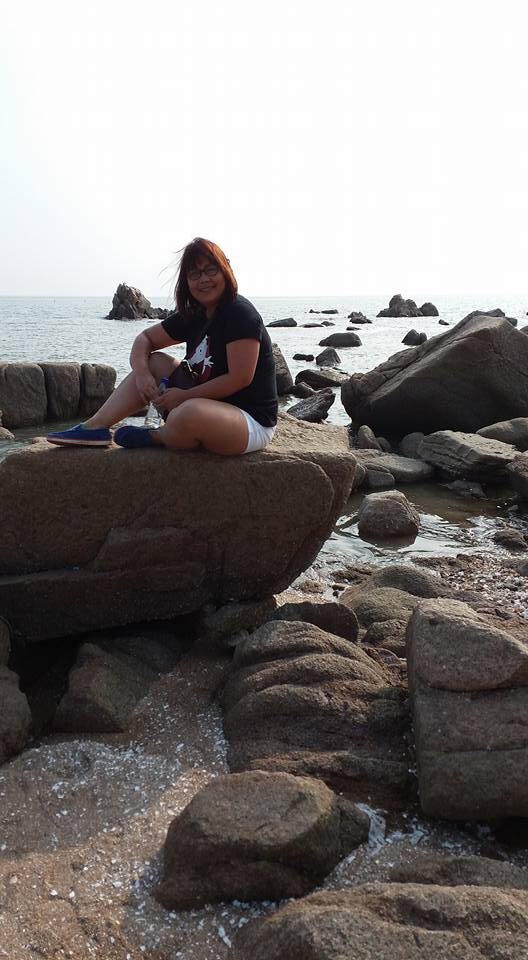From the Roman castle to Karl Marx in the middle of hot summer in Trier…
- Ephie Limaris

- 7 okt 2020
- 2 minuten om te lezen
Bijgewerkt op: 12 feb

I used to read his books back in my Uni days, always amazed by his way of thinking. I’d always meant to visit his birthplace, hoping to understand him better. So, with the heatwave in full swing and travel restrictions still making it tricky to leave the EU, I decided to finally make the trip—to Trier, the birthplace of Karl Marx. 🌿📖✨
Arriving late, I dropped my stuff in the hotel room and rested after an intense 4.5-hour drive. Trier felt different from other German cities—almost foreign to me, with its Roman ruins. It’s not something you see often in other German cities.
No trip to Trier would be complete without exploring its ancient ruins, and my first stop had to be the iconic Porta Nigra. 🏛✨
This grand gate was built during the Roman era as the main entrance to the city. As many of you know, during the Roman Empire, Trier was the fourth-largest city. It was surrounded by a protective city wall with several entrance gates, but Porta Nigra was the largest and most impressive of them all.
Long after the Romans had left, a church was built around the Porta Nigra, but Napoleon later had it demolished, restoring the gate to its original form. I spent almost two hours exploring this massive, breathtaking structure before making my way to the city’s main square. 🏛✨
The Medieval Hauptmarkt—the heart of Trier’s historic old town—is a lively and charming square. It’s spacious yet cozy, filled with beautiful architectural details that tell stories of the past. At its center stands a humble yet elegant fountain, adding to the square’s charm. Nearby, the impressive Trier Dom watches over the city, a timeless reminder of its rich history.
In the scorching summer heat, we decided to take a walk to the Roman Baths and explore the underground tunnels, hoping to find some shade. This ancient bath complex is one of Trier’s nine UNESCO World Heritage Sites, a true testament to the city's rich Roman history.
As I wandered through the tunnels, I couldn’t help but imagine the immense task of the slaves who once worked tirelessly to stoke the fires and heat the water—an unseen yet vital part of daily life in the grand Roman baths.
We passed by Karl Marx’s house and his statue—ironically, a gift from the Chinese government. Inside his birthplace, you’ll find an extensive collection of his writings and memorabilia, offering a glimpse into his life and ideas.
The afternoon heat was almost unbearable, making it difficult to stay outside for long. With that, we decided to call it a day and head back to Luxembourg, leaving behind the rich history of Trier, but taking with us the memories of its ancient charm.























































































Opmerkingen